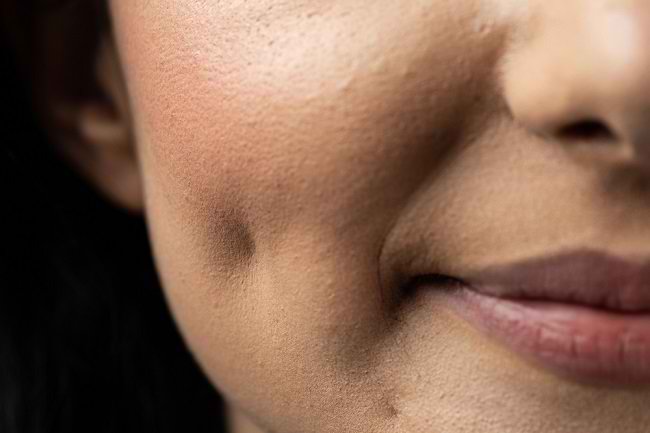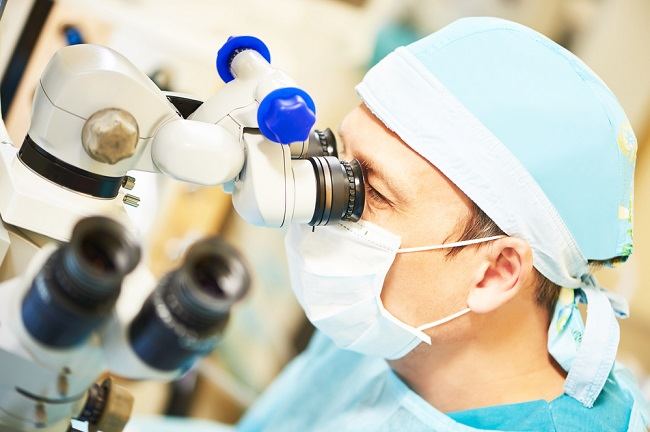Crossed eyes cannot be considered a mild condition. It must be addressed immediately, can go through various therapies to cross eye surgery.
Although squint surgery is generally performed on children who have symptoms of a squint, this surgery can also be performed on adults, especially if non-surgical therapy does not give satisfactory results. The goal of squint surgery is to correct imbalances in the eye muscles. It is important to treat a squint immediately because if it is not treated, there is a possibility of permanent loss of vision.

Eye Nerve Disorders
Squint occurs when both eyes cannot look at the same object or direction. When one eye looks outward, the other eye looks inward. Or, when one eye looks up, the other eye moves in the opposite direction.
Most cases of squint have occurred since birth. The cause is often not known with certainty, but it may be related to the nervous system that controls the eye muscles, tumors, or other eye diseases. If left unchecked, crossed eyes can trigger double vision, headaches, and even blindness.
As a first step to overcome this problem, the patient will be asked to do eye muscle strengthening exercises. Some cases of squint can also be treated by using glasses or blinders to maximize the work of the weak side of the eye. Squint eye surgery procedure is done if the methods mentioned above do not show the expected improvement.
Before you undergo squint surgery, consult your doctor or ophthalmologist who specializes in strabismus about the risks of surgery. In general, every operation has a risk of bleeding and infection. In addition, there are also risks from anesthesia, one of which is respiratory problems. Especially for squint surgery, a rare but possible risk is double vision or permanent eye damage.
Cross eye surgery is a relatively short procedure, approximately 1.5 hours. The following are the stages starting from preparation for surgery until the operation is completed.
Operation Preparation
Prior to squint surgery, the doctor will likely when performing squint surgery:
- Check your overall physical and eye condition, including taking eye movement measurements to estimate the type of surgery (strengthen or weaken the eye muscles, which muscles are affected) to be performed.
- Ask you not to take medicines such as aspirin, ibuprofen, warfarin, heparin, etc. for 10 days before surgery to avoid the risk of bleeding.
- Ask some important information such as history of allergies, including allergies to certain medications, latex, soaps, or skin cleansers.
- Ask you to fast before squint surgery to avoid anesthetic reactions such as nausea and vomiting. Your doctor will tell you when you were last allowed to eat before surgery.
Operation Procedure
The following are the steps the doctor will take when performing squint surgery:
- The doctor will determine what type of anesthesia will be used. Cross eye surgery in children usually uses general anesthesia which makes him sleep and feel no pain. Meanwhile, in adults, usually only use local anesthetics that numb the area around the eyes.
- After the anesthetic has worked, the doctor will make an incision in the conjunctiva or the lining of the eye.
- The doctor will then begin to locate the eye muscles that need to be strengthened or weakened. To strengthen the eye muscles, the muscles will be shortened. In addition to muscles, this strengthening can also be done on tendons as muscle connectors. Conversely, to weaken the muscle, the doctor will lengthen the point of the muscle at the back of the eye.
Pass Careca Operation
Generally, squint surgery does not require hospitalization. However, it will take time for you to fully recover from the effects of the anesthetic. After that, you will be allowed to go straight home.
You may experience pain and itching in your eye area for a few days after surgery, but avoid touching or rubbing your eye as much as possible. The doctor will prescribe ointment/drops if needed.
The doctor will tell you when to do postoperative checks. Generally, you will be asked to do an examination about 1-2 weeks after surgery.
In some cases, further treatment is needed, especially if vision problems occur even after surgery. This treatment includes the use of special glasses or eye patch (blindfold). Its use depends on the condition of each patient.
If allowed to drag on, crossed eyes can trigger other visual disturbances in children and adults. Consult a doctor about the possibility of squint surgery, if various non-surgical therapies do not show any improvement.









